ArcelorMittal Faces Crucial Decision on Brazilian Investments Amid Trade Tariffs and Protectionist Measures
As May unfolds, ArcelorMittal $MT, the world’s leading steel manufacturing company, finds itself at a critical juncture. The company must decide whether to continue its investment plans in Brazil as its current investment cycle comes to an end. Key factors influencing this decision include trade protection measures implemented by the Brazilian government and the impact of the import tariffs imposed by former U.S. President Donald Trump. These measures have significant implications for the steel industry in Brazil, one of ArcelorMittal’s most important markets.
This article explores the factors that are guiding ArcelorMittal’s decision-making process, the challenges posed by the global trade environment, and what this means for the future of steel manufacturing in Brazil.
The Brazilian Investment Dilemma: A Complex Decision
ArcelorMittal’s Brazilian operations have been central to its global expansion strategy. However, the company now faces uncertainty as it considers whether to extend or halt future investments in the region. The completion of the current investment cycle, combined with the volatile global trade environment, forces ArcelorMittal to carefully weigh its options.

Key Considerations for ArcelorMittal:
Brazil's Trade Protection Measures: The Brazilian government has introduced policies designed to safeguard domestic industries, including measures to reduce the influx of foreign steel products into the country. These protectionist policies could influence ArcelorMittal’s plans for expansion and future production levels in Brazil.
Impact of U.S. Tariffs: The trade war initiated by the Trump administration, with steel tariffs targeting countries including Brazil, has had a ripple effect on the global steel market. ArcelorMittal must account for these tariffs, as they make Brazilian steel exports to the U.S. less competitive and could hurt the company’s profitability.
Domestic Demand and Supply Constraints: Although Brazil is a significant consumer of steel, demand within the country is subject to economic fluctuations, which in turn influence ArcelorMittal’s ability to maintain steady revenues in the region. The company will need to assess whether domestic demand can sustain its operations, especially given the evolving geopolitical landscape.
How Global Tariffs are Shaping ArcelorMittal’s Strategy
The U.S. tariffs on steel imports, which were implemented under President Trump’s administration, have had a far-reaching effect on the steel industry, with ripple effects felt in markets around the world. For ArcelorMittal, these tariffs have created a less favorable environment for its Brazilian operations. As one of the largest steel exporters, ArcelorMittal is directly impacted by trade policies that raise the cost of doing business in foreign markets.
The Impact of U.S. Tariffs on ArcelorMittal’s Operations:
Reduced Exports to the U.S.: ArcelorMittal faces higher tariffs when exporting steel from Brazil to the United States, making its products less competitive compared to U.S.-produced steel.
Margins Under Pressure: The additional costs incurred due to tariffs put pressure on the profit margins of Brazilian steel manufacturers, which affects ArcelorMittal’s bottom line.
Diversification of Markets: To counter the impact of U.S. tariffs, ArcelorMittal may need to pivot and explore other global markets for its steel exports, including expanding into emerging markets where demand for steel is growing.

Navigating Brazil’s Protectionist Landscape: Opportunities and Risks
The Brazilian government’s trade protection measures are meant to shield local industries from foreign competition, but they also present both opportunities and challenges for multinational corporations like ArcelorMittal. The steel giant must determine how to navigate these measures while ensuring the long-term sustainability of its operations in Brazil.
Factors Influencing ArcelorMittal’s Strategic Approach:
Government Support for Local Industries: Brazil’s focus on boosting domestic production could lead to opportunities for companies like ArcelorMittal that are committed to local manufacturing and investment.
Adjusting to Tariff Regulations: ArcelorMittal might explore strategies to minimize the impact of tariffs by adapting its production methods and sourcing strategies.
Leveraging Technological Advancements: The company’s investments in technology and innovation could help mitigate some of the costs associated with trade restrictions and position ArcelorMittal for growth despite these challenges.
Conclusion: ArcelorMittal’s Path Forward in Brazil
As ArcelorMittal faces its decision in May, the company’s ability to adapt to the evolving trade and regulatory environment in Brazil will be key to its future success. While the protectionist measures and tariffs create uncertainties, they also present opportunities for ArcelorMittal to reinforce its local operations and look beyond the U.S. market for growth.
Ultimately, the decision on whether to extend its investment cycle in Brazil will depend on the company’s ability to balance the risks of a challenging global trade environment with the rewards of capitalizing on Brazil’s domestic market potential. ArcelorMittal must assess how it can maintain its competitive edge in the face of these challenges while ensuring that its long-term strategy remains viable in a rapidly changing global economy.


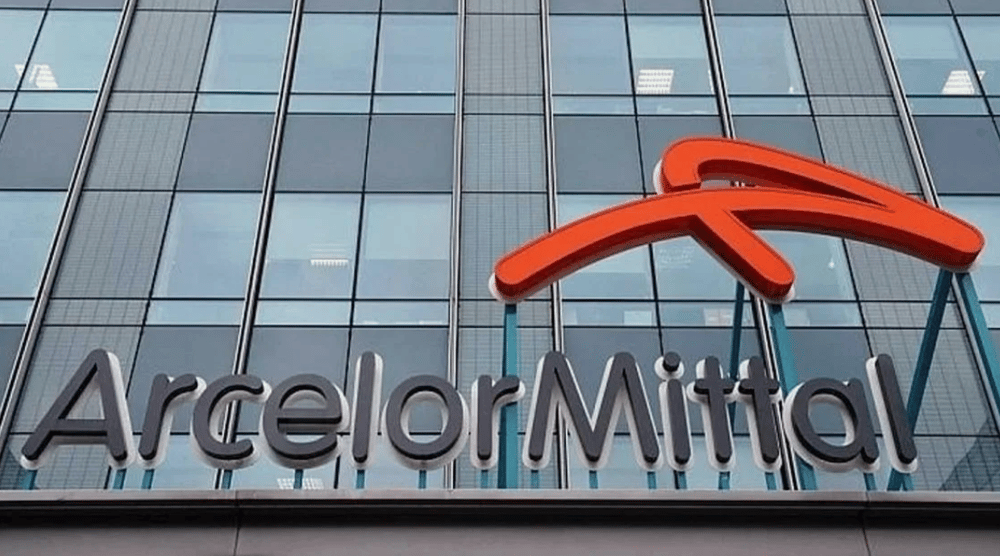

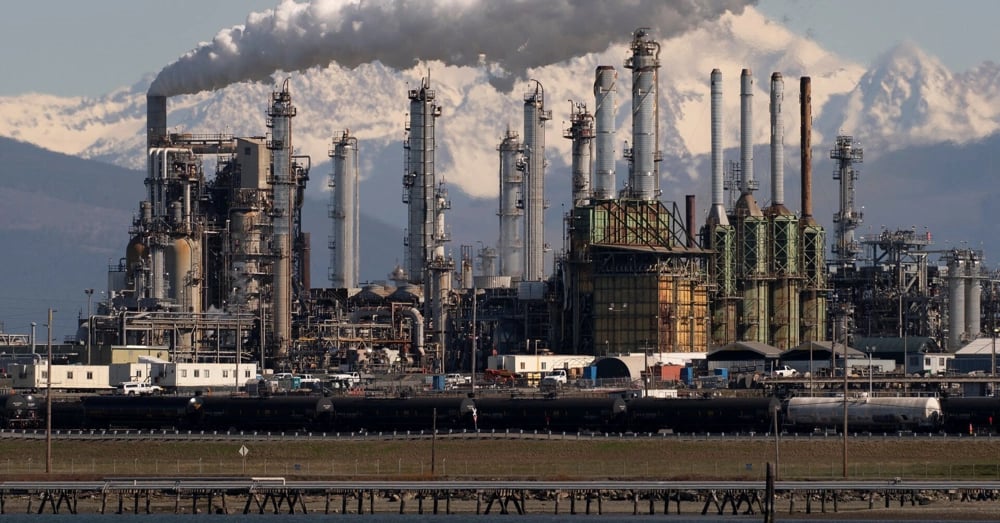




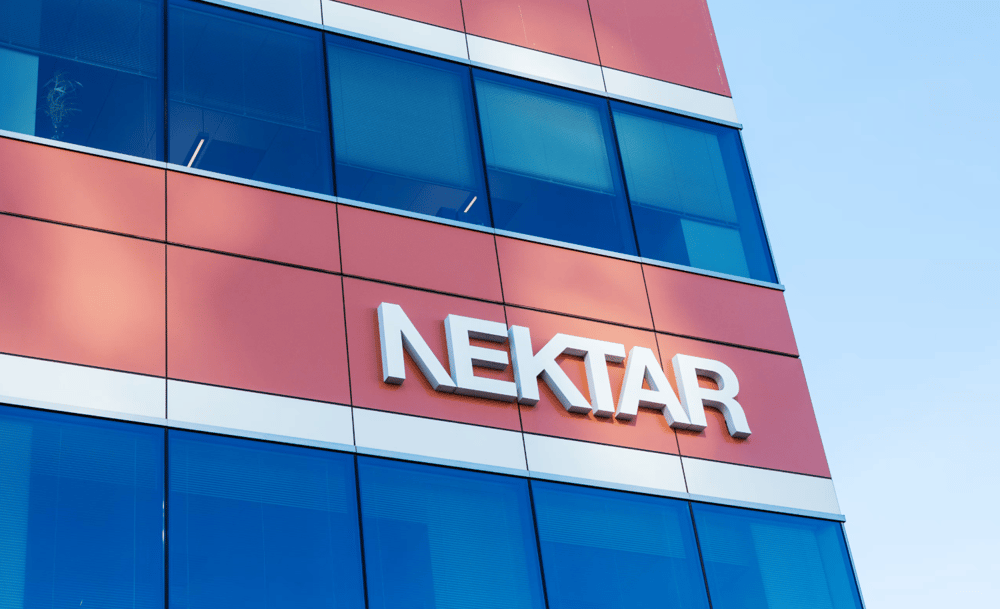
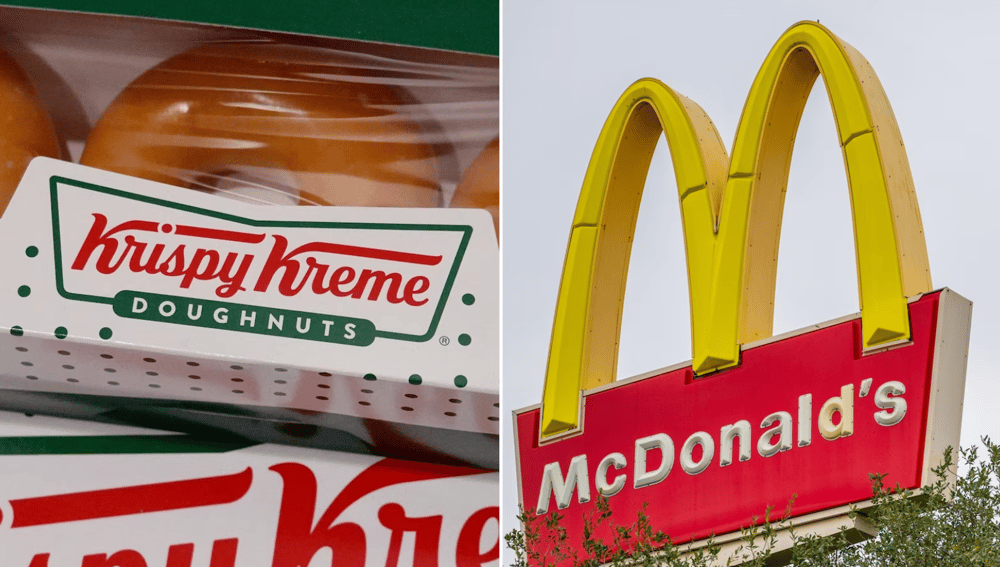
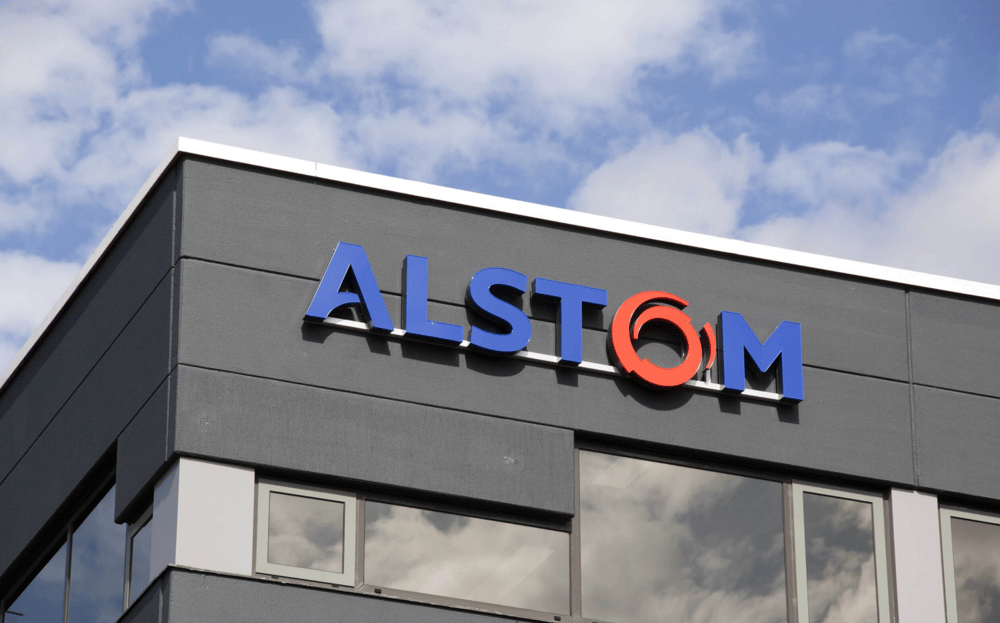
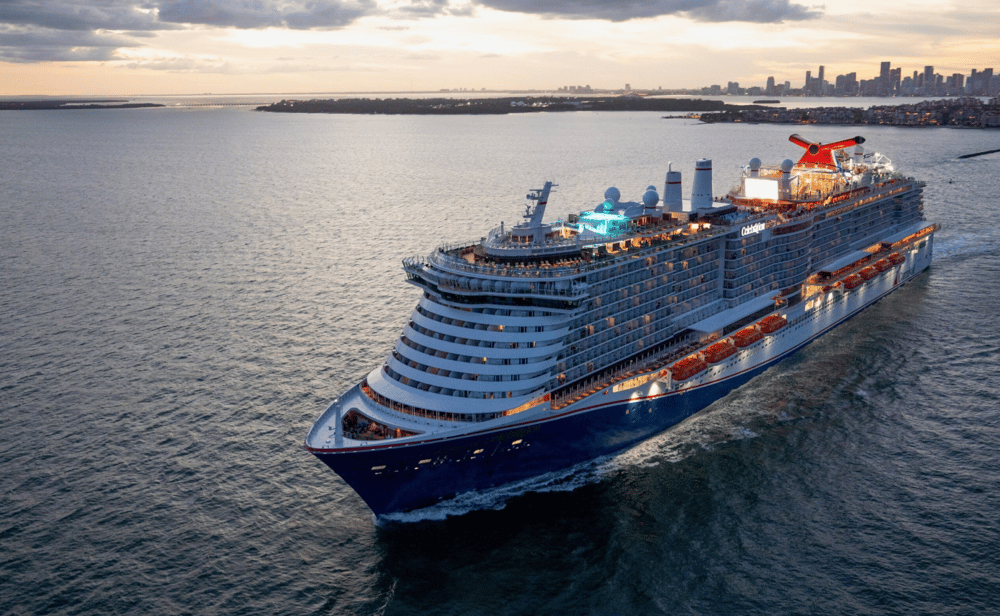
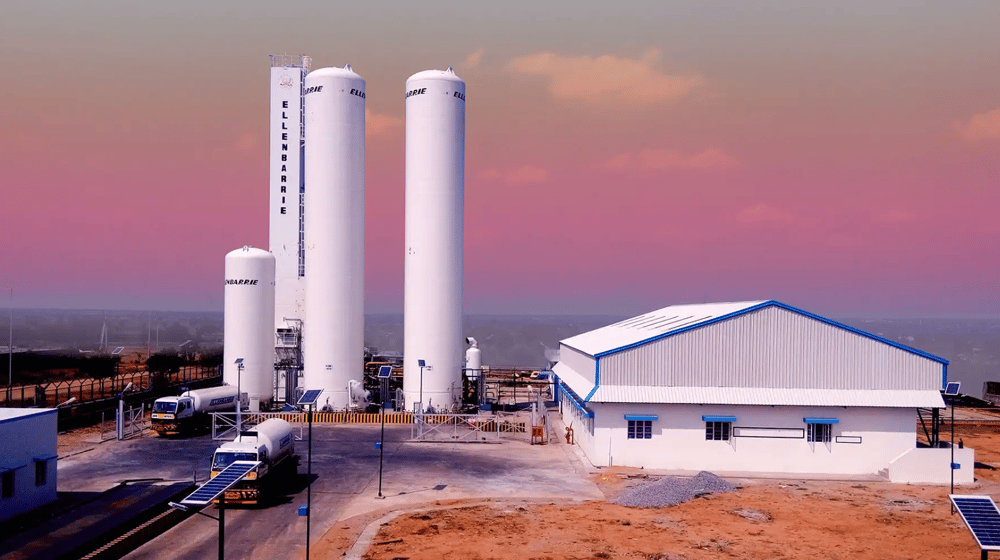

Comments
The industry could see significant shifts as companies react to this bold move.